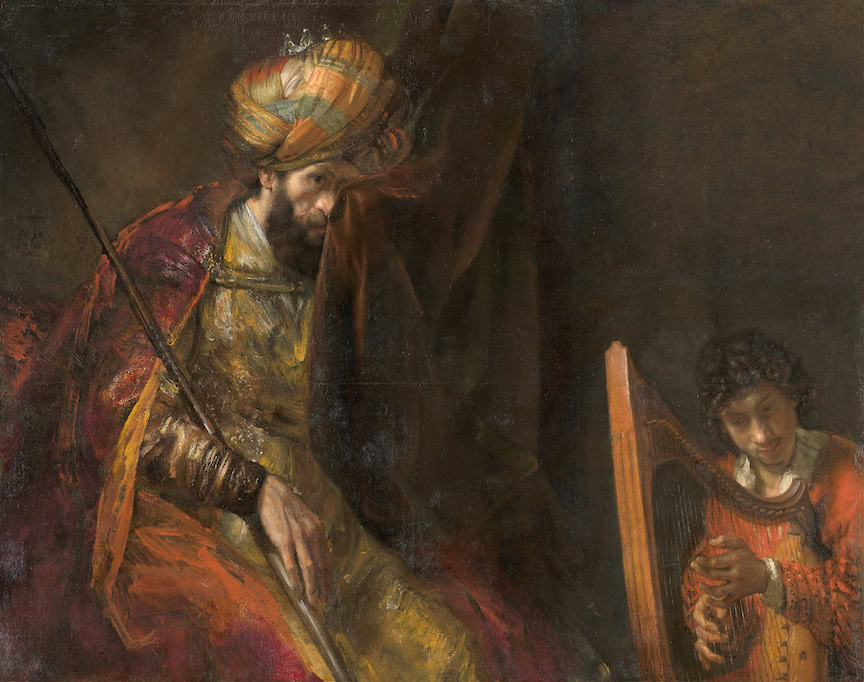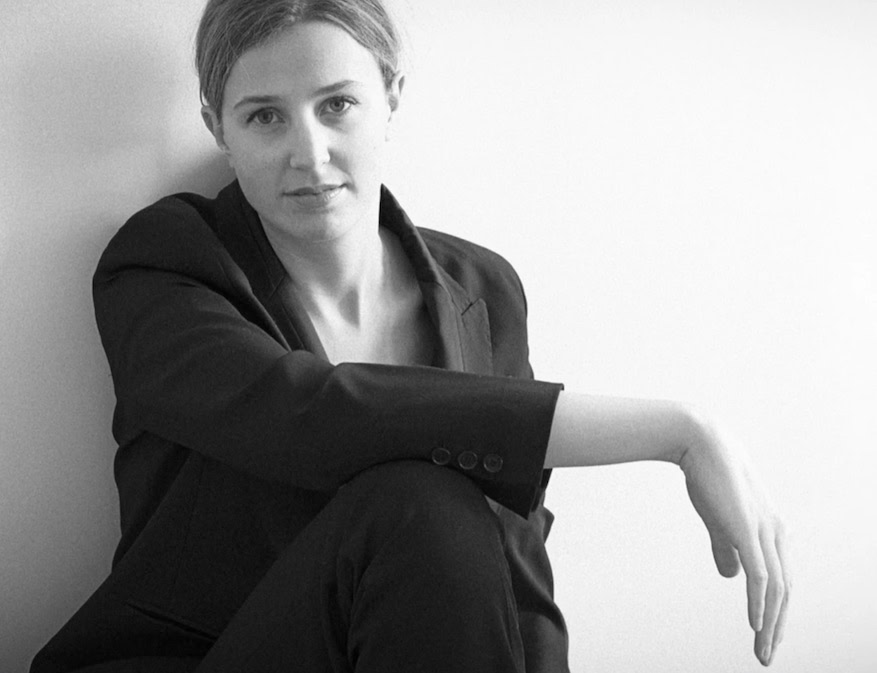Herrmann's life and work - The polymath Benoît
Introducing two composers: Bernard Herrmann, whose film scores have overshadowed his output of concert works, and Camille Benoît, who has been completely forgotten.
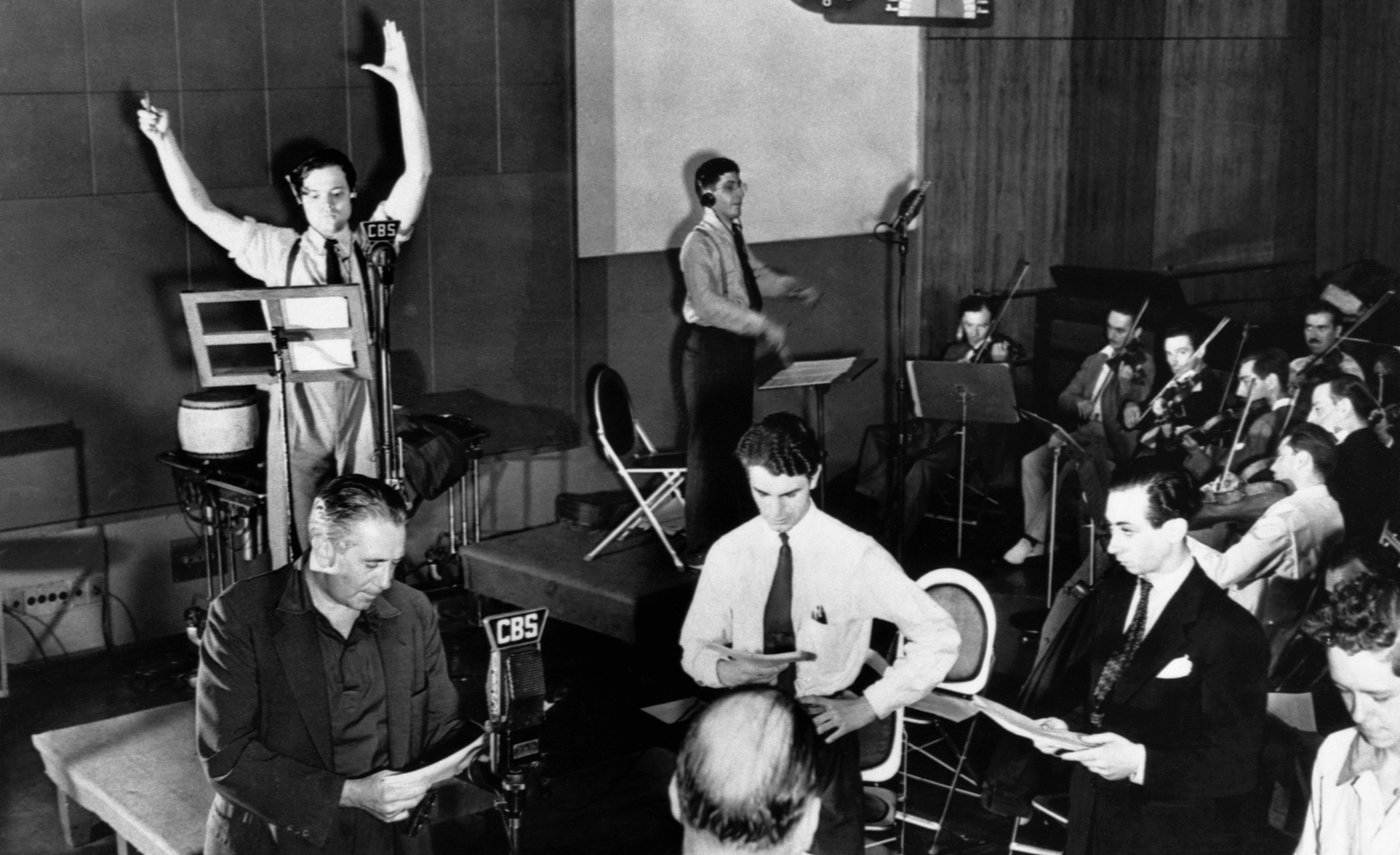
Unanimously recognized as one of the most outstanding musicians to have composed for the cinema, Bernard Herrmann remained frustrated at not being better appreciated for his concert works or for his opera. Wuthering Heigths to which he was so attached, but which he never saw performed in his lifetime. During his difficult childhood, when he was subjected to school violence and family tensions, he took refuge in music, as well as in literature and the works of Freud, which inspired his ability to characterize characters and reveal their secrets and flaws through soundtracks. Influenced by French (Debussy, Ravel), English (Delius, Elgar, Vaughan Williams) and American (Copland, Cowell and Ives) composers, he wrote mainly in a post-Romantic style, effectively creating varied atmospheres and subtle transitions, while remaining open to musical innovations that could be used to depict the fantastic, the macabre or the dreamlike. His inventive orchestration uses a reduced number of instruments (and even only noises in The Birds) or, on the contrary, a plethoric orchestra (including nine harps for Storm under the sea), using ancient instruments such as the serpent or the viola d'amore, as well as the trautonium or a Moog synthesizer. He made his radio debut, working with the young Orson Welles, who became the first director with whom he collaborated, for Citizen Kane. Although he was later associated with other great filmmakers, from Dieterle to Scorsese and from Mankiewicz to Truffaut, his irascible and intractable character, his pride and his susceptibility did not help his career, and were at the root of his break with Hitchcock, thanks to whom he had nonetheless had the opportunity to write his best scores. In this fascinating and well-written biography published by Actes Sud, Karol Beffa does not limit Herrmann to this symbiosis with the master of suspense, but also briefly analyzes most of his film scores and some of his concert music.
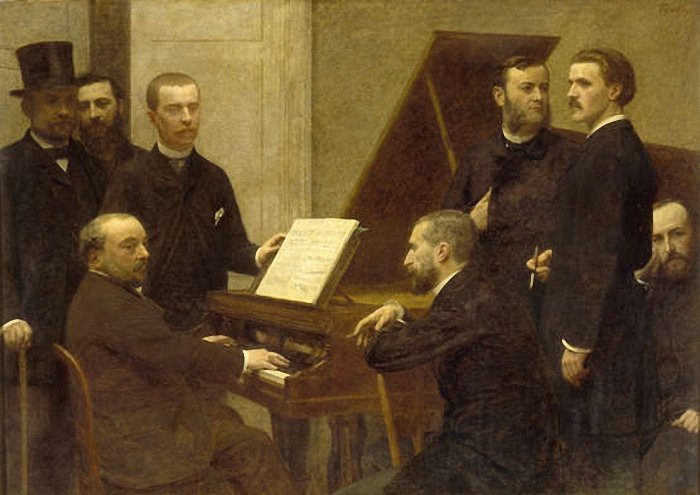
Despite his innumerable gifts, including in the field of art history (he was appointed assistant curator of paintings at the Musée du Louvre in 1894), the composer, musicographer and polymath Camille Benoît (1851-1923) is virtually forgotten today. To honor his memory on the occasion of the centenary of his death, a boxed set of three books has been published by La Rumeur libre: Karol Beffa devotes one volume to commentaries on pieces by this Roannais composer, whose works are influenced not only by his master Franck, but also by Wagner and Fauré; Guillaume Métayer signs the biographical volume; and the two authors join forces to present a compilation of various articles, analyses and reviews by this energetic writer, who knew how to choose terms with precision. The appendices to the first two volumes include reproductions of scores, poems and extracts from his correspondence. How could a personality who excelled in several specialties and actively contributed to the dissemination of the aesthetic ideas of his time have been so ignored by posterity? The rediscovery of Camille Benoît is coupled with a reflection on the passage from notoriety to complete silence, a flagrant example of historical amnesia.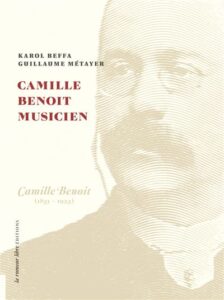
Karol Beffa, Guillaume Métayer : Camille Benoît Musicien, 640 p., La rumeur libre, Sainte-Colombe-sur-Gand 2024, ISBN 9782355773246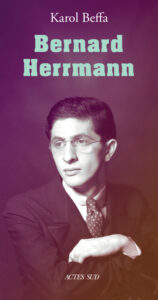
Karol Beffa : Bernard Herrmann, 176 p., € 20.00, Actes Sud, Arles 2024, ISBN 978-2-330-18557-2






